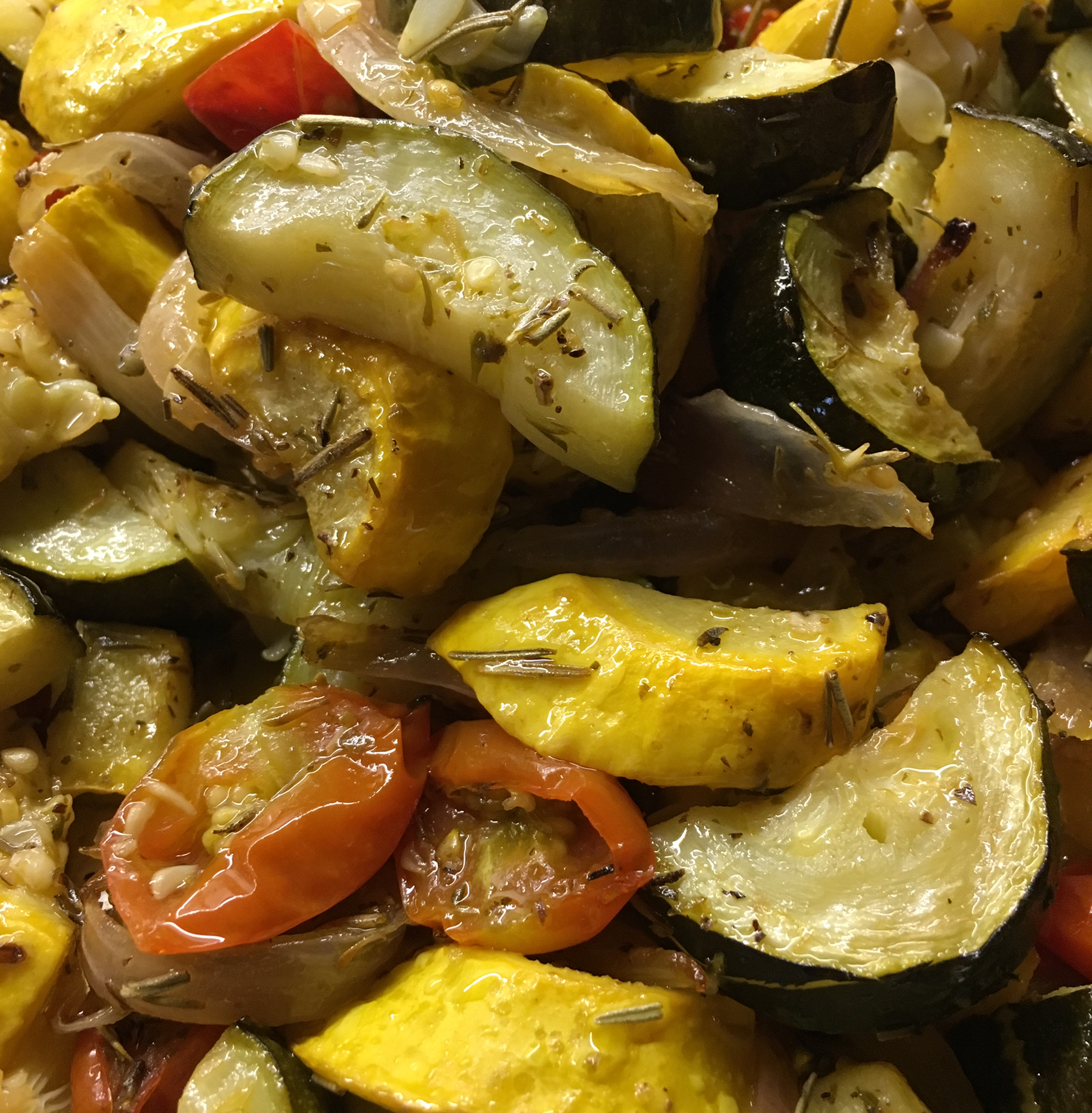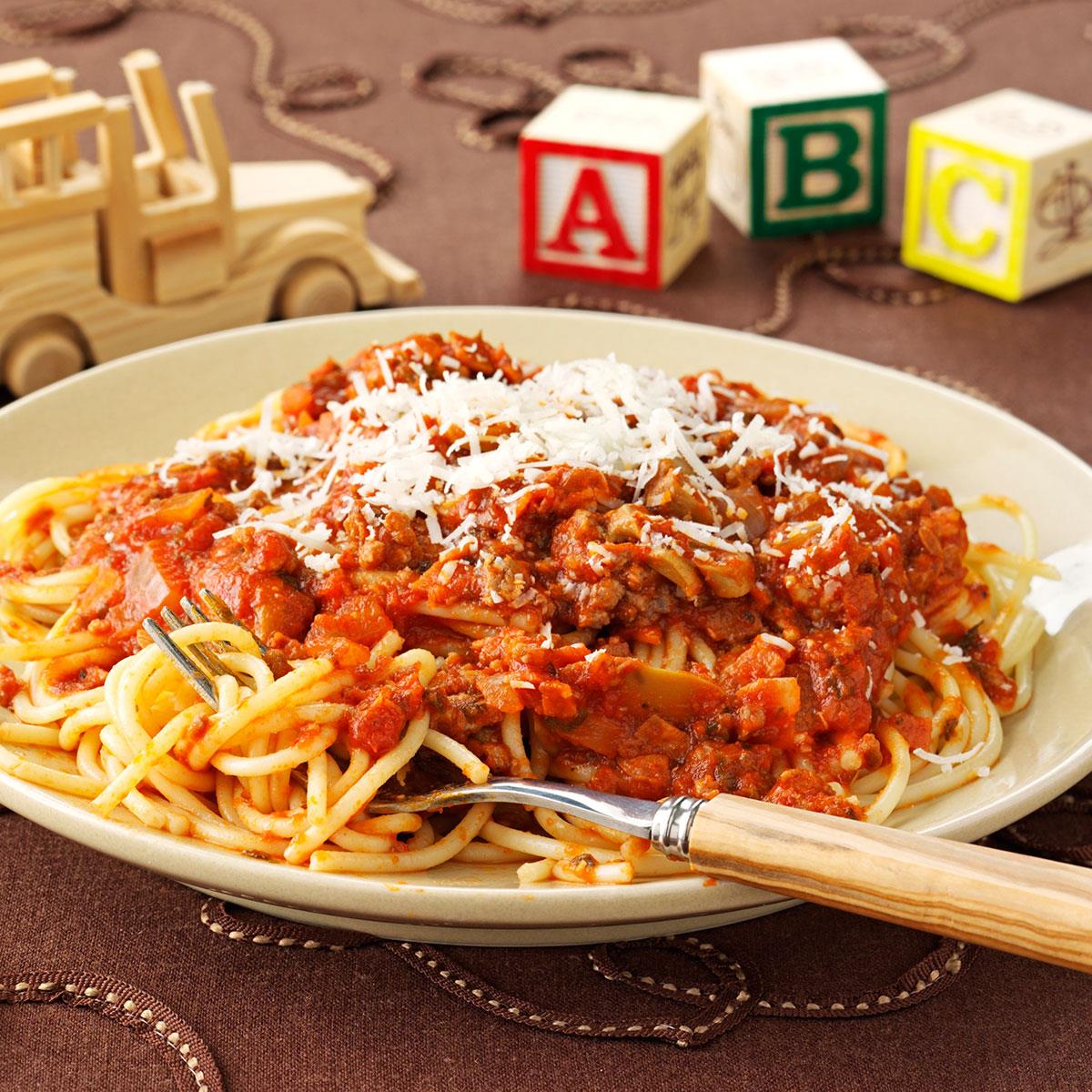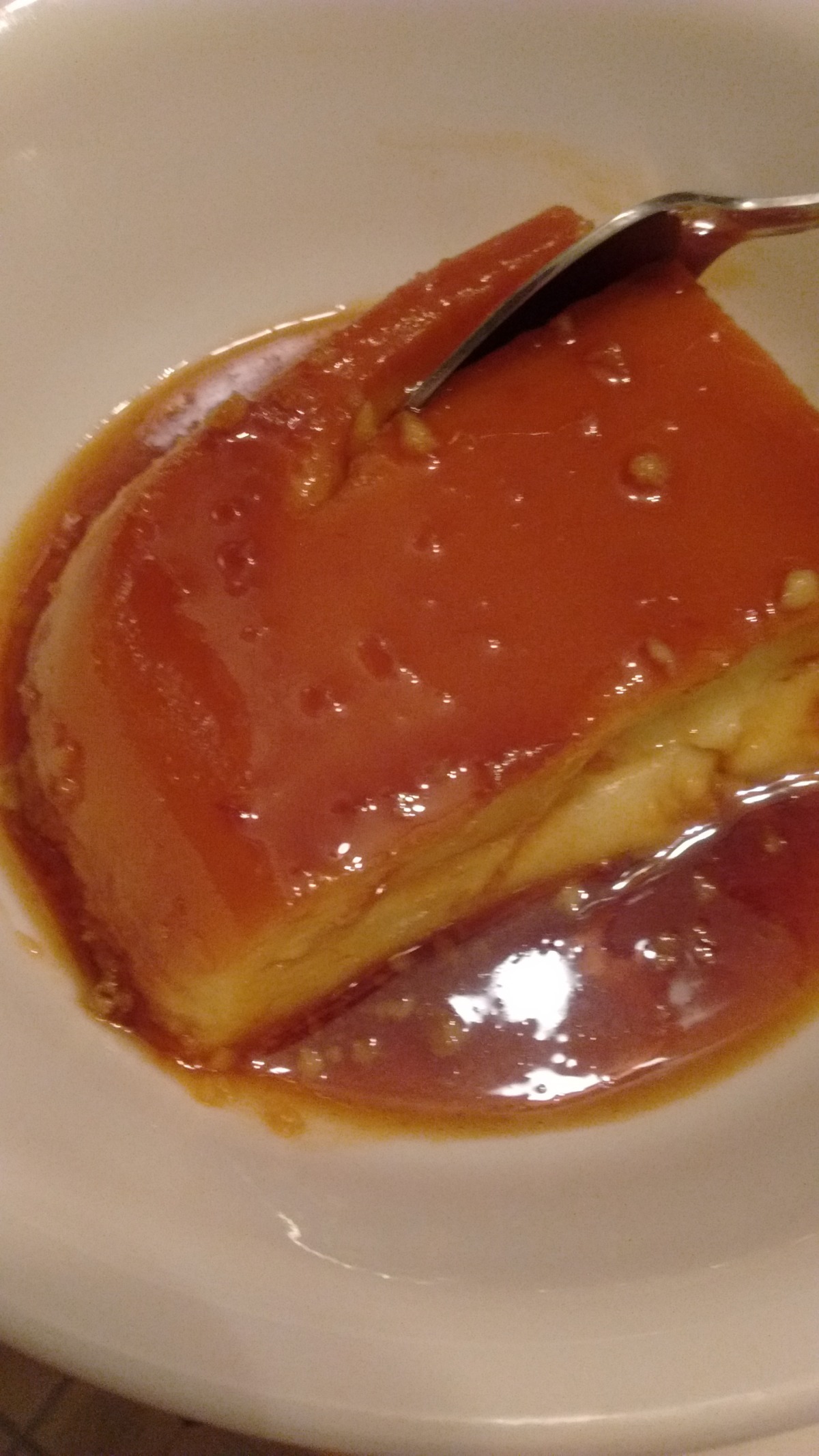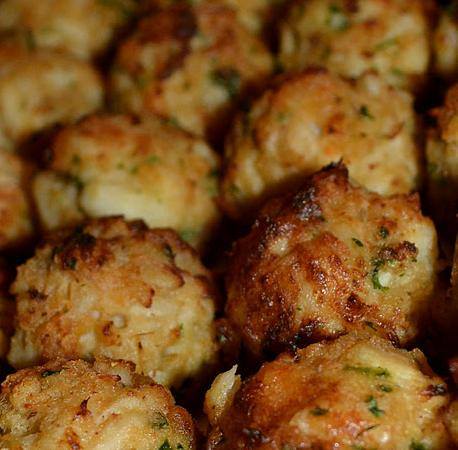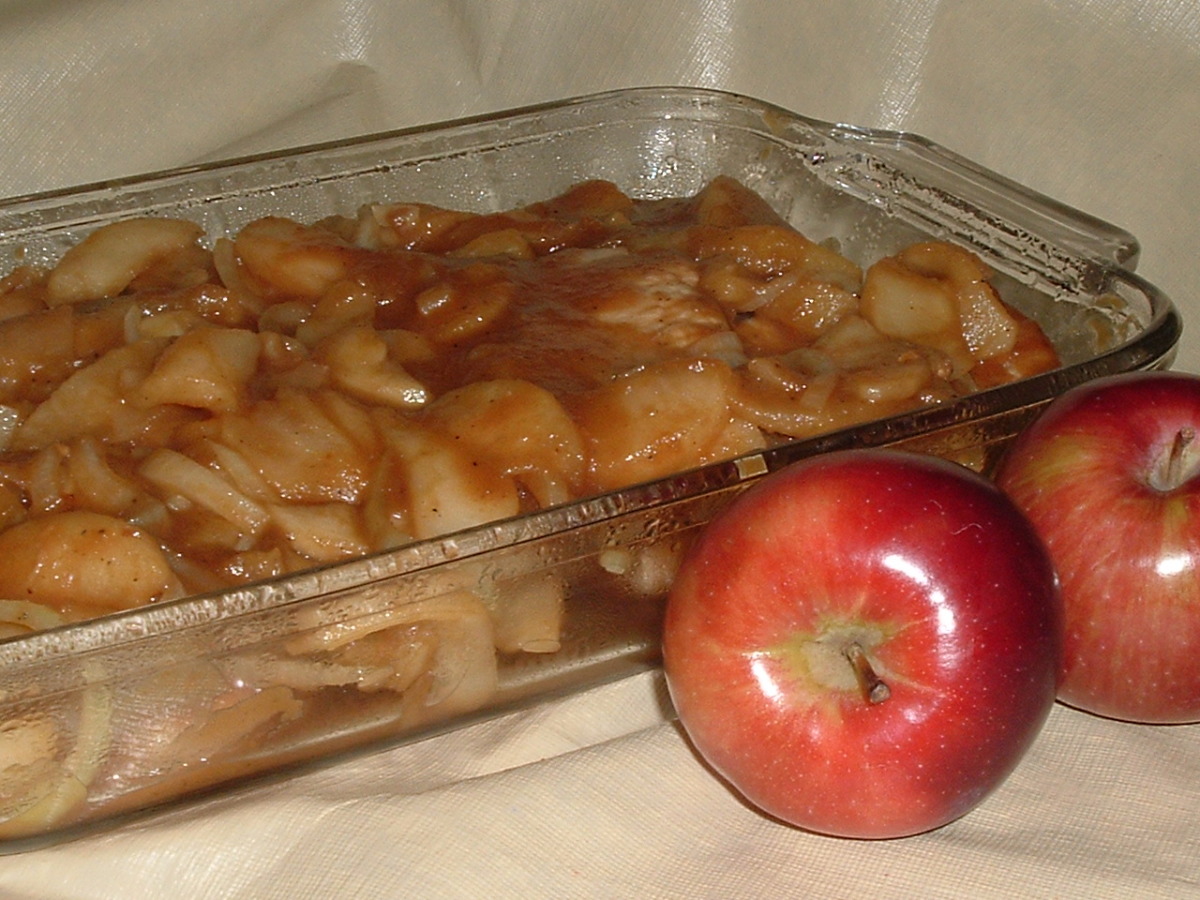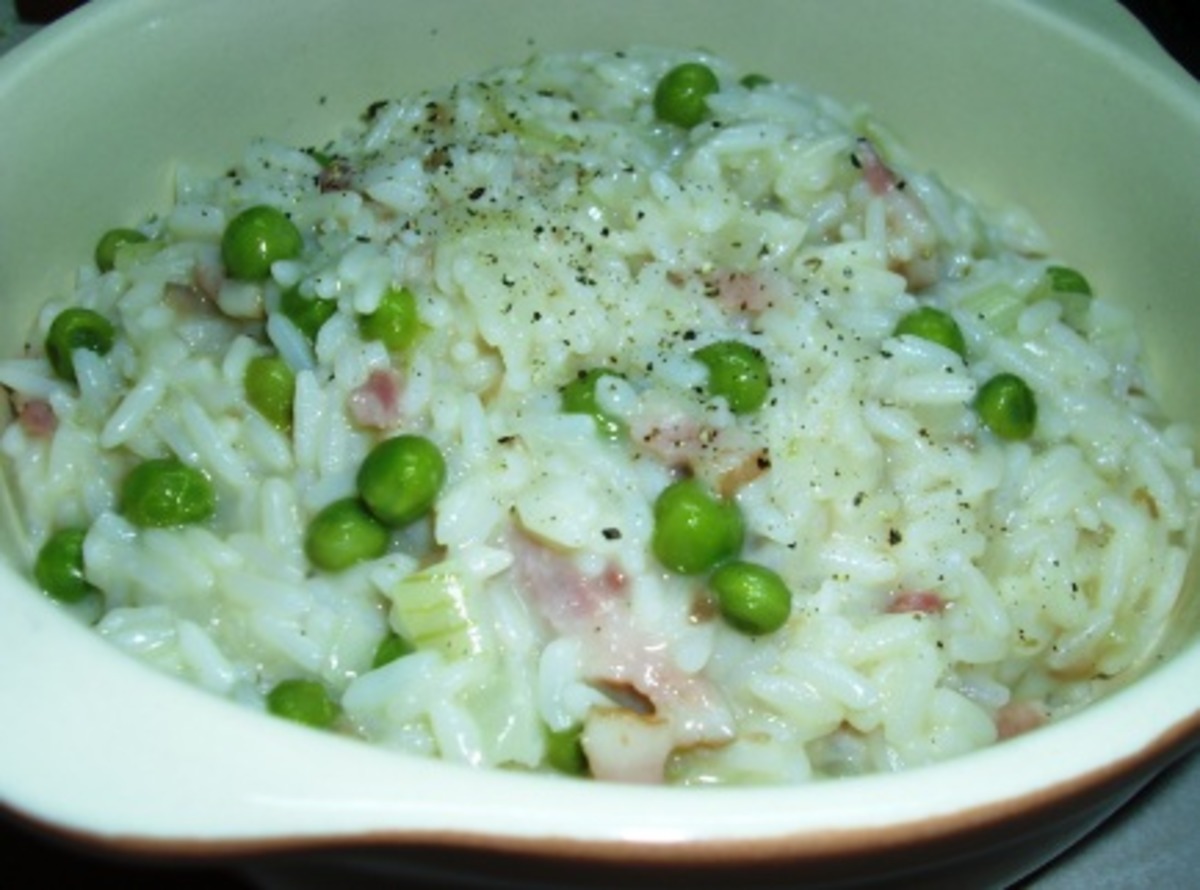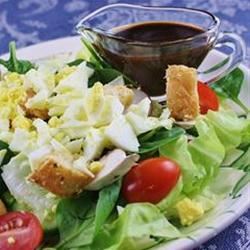**Wara Einab: A Journey Through Flavors and Traditions**
Experience the culinary masterpiece of Wara Einab, where succulent grape leaves embrace a symphony of aromatic rice, minced meat, and herbs. This traditional Middle Eastern dish, also known as stuffed grape leaves, is a labor of love that rewards patient cooks with a burst of flavors and textures. Whether you prefer the classic meat-filled version or the vegetarian delight, this versatile dish is sure to tantalize your taste buds. Inside, you'll find a treasure trove of recipes that guide you through the art of preparing Wara Einab, including variations that cater to different dietary preferences and levels of culinary expertise. Embark on a culinary journey that celebrates the essence of Middle Eastern cuisine, where every bite of Wara Einab tells a story of tradition, hospitality, and sheer deliciousness.
WARA EINAB OR HOT STUFFED GRAPE LEAVES

From A book of Middle Eastern Food by Claudia Roden. The leaves can be bought preserved in brine in Greek and Asian stores or in upscale supermarkets.
Provided by drhousespcatcher
Categories Meat
Time 2h
Yield 40-50 Dolma
Number Of Ingredients 11
Steps:
- If using vine leaves in brine, first drain them then put them in a large bowl and pour boiling water over them. Make sure the water penetrates well between the layers and let the leaves soak for 20 minutes. Drain. Soak in fresh cold water then drain again and repeat the process once more. This will remove the excess salt.
- IF using fresh leaves: Soften them by plunging into boiling water one at a time until limp. Soak and wash the rice in boiling water then rinse under cold tap water. Drain it well.
- In a large bowl, mix the rice with the meat, chopped tomato, onion, parsley, celery, salt and pepper. The 2 tbsp of tomato paste will add a Greek flavor.
- Place 1 leaf vein side up. Place a heaping tablespoon of filling on the center near the stem edge. Fold the stem up over the filling, then fold both sides toward the middle and roll up like a small cigar. Squeeze lightly in the palm of your hand. This process will become easier after you have rolled a few. Fill the rest. Continue until the filling is used up.
- Line the bottom of a large saucepan with a layer of tomato slices or leftover leaves to prevent the stuffing from sticking to the pan and burning. Pack the stuffed leaves in tight layers on the top. Push small pieces of garlic here and there between them. Sprinkle with lemon juice (you can use more than 1 lemon if needed) and add about 1/2 cup water. Some cooks mix a little saffron with the water to give a pale yellow color to the filling this is optional and does not seem to change the taste. The leaves should give a pale lemon color to the rice anyway.
- Put a small plate over the rolled leaves to prevent them from coming undone and cover with a lid. Cook over a gentle heat for 2 hours, or until tender, add water gradually as it becomes absorbed.
- You may reduce the cooking time to 20 minutes if you use a pressure cooker but the taste is best with long simmering.
- Turn onto dish and serve hot.
- Lebanese: Cooks will add 4 or more cloves crushed garlic in addition to the slivers and a tbsp dried crushed mint with a little water about 20 minutes before the recipe is done. Others including the Persians, Lebanese and Greeks like 1/2 tsp ground cinnamon added to the filling.
WARA EINAB OR DOLMA

Stuffed grape leaves were served at the court of King Khosrow II in Persia in the early seventh century. There are numerous versions today of this delicacy, which is popular in every country throughout the Middle East. Meat is used in the making of hot dolma, and cold dolma are without meat. In Egypt the meatless variety is called "false" or "lying" because there is no meat, but it is the most popular. This is my mother's recipe. It is particularly aromatic. The leaves can be bought preserved in brine, but fresh ones have a better flavor. Only very young, fresh, tender ones picked in the spring will do. They freeze very well raw and wrapped in foil.
Yield makes about 35 grapes leaves
Number Of Ingredients 14
Steps:
- If using grape leaves preserved in brine, to remove the salt put them in a bowl and pour boiling water over them. Make sure that the water penetrates well between the layers, and leave them to soak for 20 minutes, then change the water twice, using fresh cold water. If using fresh leaves, plunge a few at a time in boiling water for a few seconds only, until they become limp, and lift them out.
- Pour boiling water over the rice and stir well, then rinse under the cold tap and drain. Mix the rice with the chopped tomatoes, onion or scallions, parsley, mint, cinnamon, allspice, and salt and pepper to taste.
- Stuff the grape leaves with this mixture: Place each leaf on a plate, vein side up. Put one heaping teaspoonful of filling in the center of the leaf near the stem end. Fold the stem end up over the filling, then fold both sides towards the middle and roll up like a small cigar. Squeeze lightly in the palm of your hand. Fill the rest of the leaves in the same way. This process will become very easy after you have rolled a few.
- Pack the stuffed leaves tightly in a large pan lined with tomato slices or leftover, torn, or imperfect grape leaves, occasionally slipping a whole clove of garlic in between them if you like.
- Mix the olive oil with 2/3 cup water. Add the sugar and lemon juice, and pour the mixture over the stuffed leaves. Put a small plate on top of the leaves to prevent them from unwinding, cover the pan, and simmer very gently for about 1 hour, until the rolls are thoroughly cooked, adding water occasionally, a coffee-cupful at a time, as the liquid in the pan becomes absorbed. Cool in the pan before turning out. Serve cold.
- Add 3 tablespoons raisins or currants and 4 tablespoons pine nuts to the filling.
- Mix 1/4 teaspoon powdered saffron or turmeric with the olive oil and water before pouring over the stuffed grape leaves.
- Soak about 1/4 cup dried chickpeas in water overnight. Then crush them in a mortar and add them to the filling. In this case use 1/4 cup less rice. You may also use drained canned chickpeas.
Tips:
- Choose fresh, young grape leaves for the best flavor and texture. If using canned leaves, rinse them thoroughly and soak them in warm water for 30 minutes before using.
- To make the grape leaves more pliable and easier to roll, blanch them in boiling water for a few seconds before using.
- Use a variety of herbs and spices in the filling to create a flavorful dish. Some popular choices include mint, parsley, cilantro, cumin, and allspice.
- Be careful not to overcook the grape leaves, as they can become tough. Cook them just until they are tender, about 20 minutes.
- Serve wara einab hot or at room temperature with a side of yogurt sauce or tahini sauce.
Conclusion:
Wara einab is a delicious and versatile dish that can be enjoyed as an appetizer, main course, or side dish. It is a popular dish in many Middle Eastern countries, and there are many different variations on the recipe. The basic ingredients are grape leaves, rice, ground meat, and herbs and spices, but the specific ingredients and cooking methods can vary depending on the region. No matter how it is made, wara einab is a delicious and flavorful dish that is sure to please everyone at the table.
Are you curently on diet or you just want to control your food's nutritions, ingredients? We will help you find recipes by cooking method, nutrition, ingredients...
Check it out »
You'll also love




